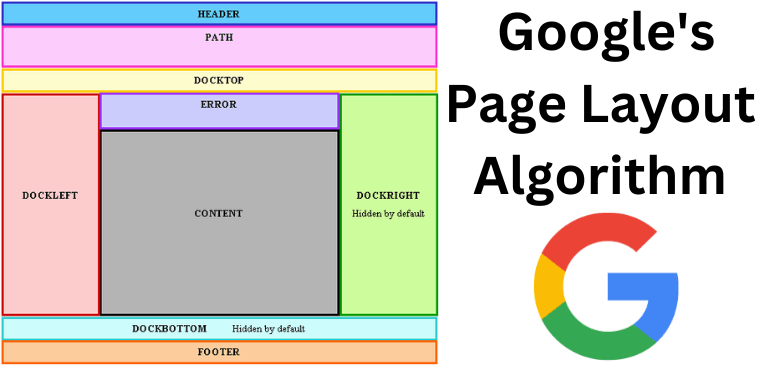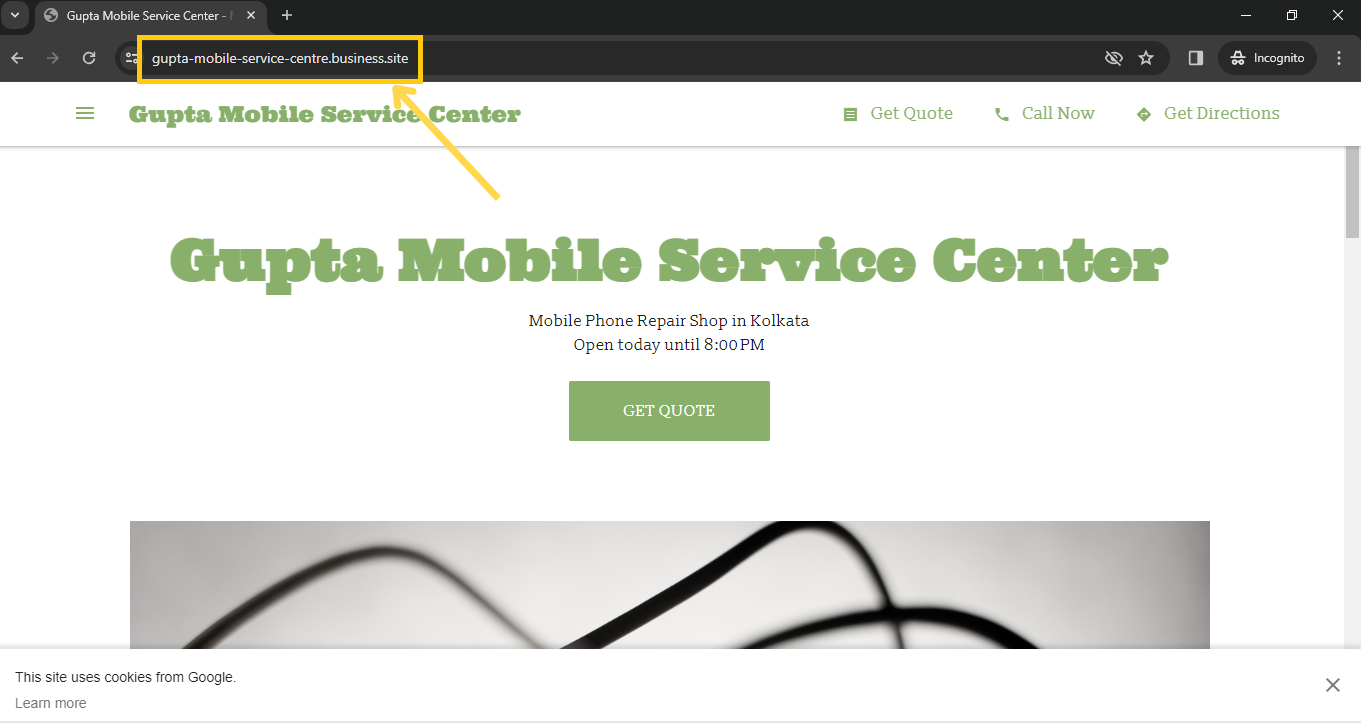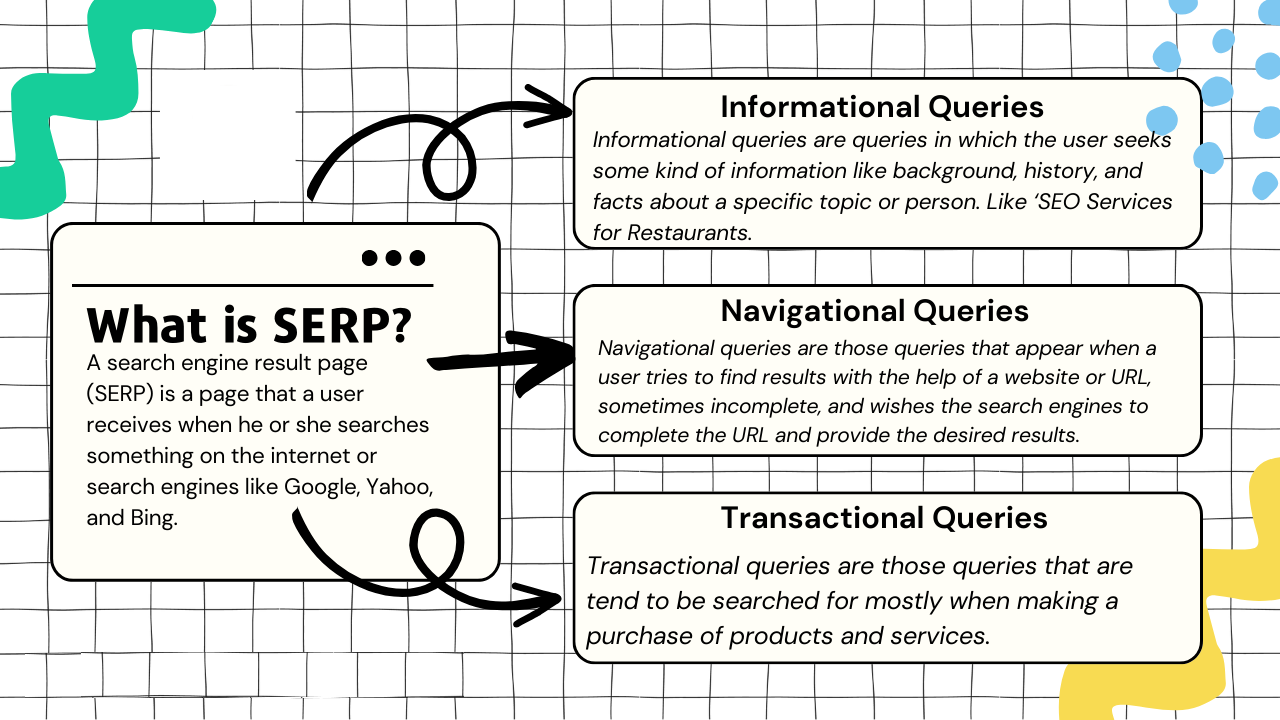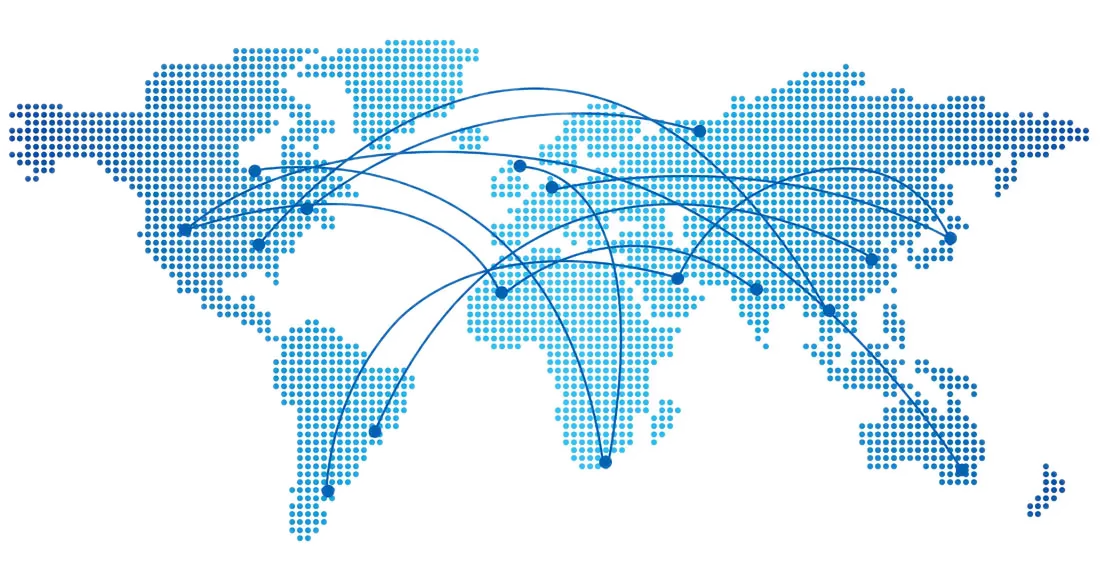
Google's Page Layout Algorithm, also known as the "Top Heavy" or the "Above the Fold" algorithm, is one of the many factors that Google uses to rank websites in its search results. This algorithm targets websites that show too many ads above the fold, which is the part of the web page that is visible without scrolling down. Google's goal is to create a high-quality user experience while also rewarding websites that prioritize content above advertisements.
In this blog post, we will answer some common questions about Google's Page Layout Algorithm and its relevance for SEOs in 2023.
Google introduced the first Page Layout Algorithm update on January 19, 2012. It affected less than 1 percent of websites at that time. Google updated the algorithm again on October 9, 2012, affecting 0.7 percent of English queries. The third update was a refresh that occurred on February 6, 2014. The last update was announced on November 1, 2016, when Google's John Mueller said that the algorithm had become automated and would run continuously.
Google rolled out Page Layout Algorithm to improve the quality of its search results and to provide a better user experience. Google found that some websites were displaying an excessive amount of advertising above the fold, making it difficult for consumers to find the actual content they were looking for. Google said that this algorithm would affect websites that "make it hard for users to find the actual content of the page" or that "push content below the fold" with excessive ads.
Google also said that this algorithm would not affect websites that use ads in a reasonable way and that provide enough space for content above the fold. Google encouraged website owners to use its Browser Size tool (now called PageSpeed Insights) to see how their pages look under different screen resolutions and to make sure that their content is visible without scrolling.
The impact of this update on sites and SEOs at that time varied depending on how much they relied on ads above the fold. Some websites witnessed a loss in ranks and traffic, while others witnessed a gain or no change at all. Some examples of websites that were affected by this update are:
Google's Page Layout Algorithm is still relevant in 2023 for SEOs because it is one of the factors that Google uses to rank websites in its search results. Although Google has not announced any major updates to this algorithm since 2016, it is still running continuously and automatically as part of Google's core algorithm. As a result, SEOs must continue to pay attention to page layout and ensure that they deliver a pleasant user experience and adequate material above the fold.
By following these tips, you can improve your page layout and provide a better user experience, which can help you rank higher in Google’s search results and attract more organic traffic.

Google is constantly innovating and developing new features and services for its users.....

There were three essentials of human life: food, clothing, and shelter, but with the developing world, now one more element has created its own space in the essentials list, i.e., the Internet. ....

Metaverse Technology—Ever heard of it? Yes? Hearing tech CEOs like Satya Nadela and Mark Zuckerberg talk about it ....

Have you ever gone on a search engine like Google and searched for anything? Of course, you did. In the past, ....

Google is on a mission to personalize your search results exclusively for you. The latest update from Google has ....

Hey, YouTube fans! Have you heard the big news? YouTube has just announced a huge update that will make your video watching ....

Speak with our PPC Experts Company
Give us a Ring, e-Mail, WhatsApp, or Skype.